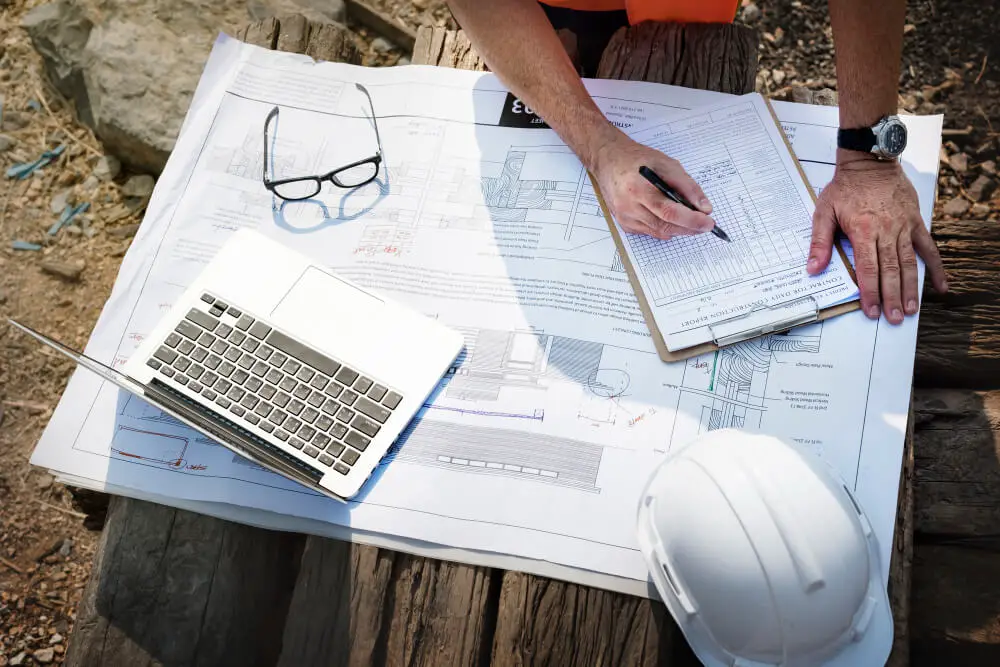When it comes to building your dream home, the process can seem overwhelming. From selecting the right design to navigating financing, there are numerous steps to ensure that your project goes smoothly. For veterans and active military members, however, there’s a unique opportunity to leverage a VA construction loan, which can help you finance the construction of a new home while offering several benefits that traditional loans may not. In this article, we’ll explore how you can plan, design, and finance your home with a VA construction loan.
What is a VA Construction Loan?
A VA construction loan is a specialized type of mortgage loan that allows eligible veterans, active-duty military members, and certain members of the National Guard and Reserves to finance the construction of a new home. It is a government-backed loan offered by private lenders and supported by the Department of Veterans Affairs (VA). This type of loan differs from a traditional mortgage because it finances the construction of the home, rather than the purchase of an already-built property.
VA construction loans are part of the larger VA loan program, which is known for its favorable terms, including low or no down payments, no private mortgage insurance (PMI), and lower interest rates. This makes VA construction loans an attractive option for veterans looking to build a home from the ground up.
Eligibility for VA Construction Loans
Before diving into the planning and designing aspects of your home, it’s important to ensure you qualify for a VA construction loan. Eligibility is based on service history and the length of time served. To qualify, you must meet one of the following criteria:
- Veterans: At least 90 days of active-duty service during wartime or 181 days during peacetime.
- Active Military Members: Currently serving on active duty with at least 90 days of service.
- National Guard and Reserve Members: At least six years of service in the Reserves or National Guard, or 90 days of active-duty service.
- Surviving Spouses: If you are the spouse of a service member who died in the line of duty or as a result of a service-related disability.
Once you meet these requirements, you can begin the process of applying for a VA construction loan.
Step 1: Plan Your Home
Planning your home is the first and most crucial step in the process. Before you can secure financing, you need a clear vision of what you want your home to look like and how you want it to function.
- Determine Your Needs and Budget: Start by listing out what you need in your new home. How many bedrooms and bathrooms? Do you want an open-concept kitchen or separate rooms for different functions? Also, establish a realistic budget for the entire project. A VA construction loan is designed to cover both the cost of the land and the construction, but it’s important to know your limits and consider contingencies for unexpected costs.
- Choose Your Location: If you haven’t already, choose the perfect location for your new home. The property should be in an area that meets VA eligibility criteria and is zoned for residential construction. Be sure to check local zoning laws and building codes before proceeding.
- Hire a Professional Team: Unless you are an architect or designer yourself, it’s advisable to hire professionals to help with the planning process. Working with an architect or designer will ensure that your vision is feasible, meets all legal requirements, and adheres to your budget.

Step 2: Design Your Home
The design phase is where you turn your vision into a tangible plan. This is where the fun begins, as you collaborate with architects and designers to create a blueprint for your new home.
- Work with an Architect or Designer: A skilled architect or designer will translate your ideas into a set of blueprints that are not only functional but also visually appealing. During this phase, you’ll decide on the layout, materials, finishes, and overall aesthetic of your home.
- Focus on Energy Efficiency: Energy efficiency is a key consideration for many homeowners today. Designing or renovating a home to be both environmentally friendly and cost-effective can save you money in the long run. Discuss options like energy-efficient windows, insulation, and appliances with your architect.
- Ensure Compliance with VA Requirements: While the VA offers considerable flexibility in home design, there are certain requirements that must be met for the construction loan to be approved. For example, the home must be a primary residence, and the design must comply with local building codes and VA construction standards.
- Estimate Construction Costs: Based on the design and materials chosen, get a detailed cost estimate from your contractor. This will be used to determine how much funding you will need to complete the project.
Step 3: Finance Your Home with a VA Construction Loan
Once you’ve planned and designed your home, the next step is to secure the financing. A VA construction loan is a short-term, interest-only loan that allows you to finance the construction phase of your home. The loan typically covers the costs of land, materials, labor, and other related expenses. Once construction is complete, the loan converts into a permanent VA mortgage.
- Find a VA-Approved Lender: Not all lenders offer VA construction loans, so you’ll need to find one that specializes in this type of financing. Be sure to shop around and compare terms, interest rates, and fees.
- Application Process: The application process for a VA construction loan is similar to a traditional VA loan. You will need to provide proof of eligibility, a detailed construction plan, cost estimates, and personal financial information. Lenders will also assess your creditworthiness, income, and other factors to determine your ability to repay the loan.
- Construction Loan Terms: A VA construction loan typically has a one-year term, with interest-only payments during the construction phase. Once the home is completed, the loan will convert into a traditional VA mortgage with long-term repayment terms.
- No Down Payment: One of the most attractive aspects of a VA construction loan is that it requires no down payment, provided the construction costs fall within the VA loan limits. This can save you thousands of dollars compared to a conventional mortgage.
- Closing Costs: While there may still be closing costs associated with a VA construction loan, they are often lower than those associated with a conventional mortgage, and some fees can be rolled into the loan itself.
Step 4: Construction and Final Inspection
Once the loan is approved and the financing is in place, construction can begin. During this phase, your lender will make periodic inspections to ensure that the construction is progressing as planned. Payments are typically made in stages, and your contractor will receive funds based on the completion of specific milestones.
After construction is complete, a final inspection will be conducted to ensure that the home meets all VA requirements and building codes. Once everything is approved, the loan will transition into a permanent VA mortgage, and you can move into your new home.
Conclusion
Building your own home is an exciting but complex process. A VA construction loan offers veterans and military members the ability to finance the construction of their dream homes with favorable terms. By carefully planning and designing your home, finding the right VA-approved lender, and securing financing, you can turn your dream into reality. With no down payment required and lower interest rates than traditional loans, a VA construction loan is a powerful tool to help you build the home you’ve always wanted.






